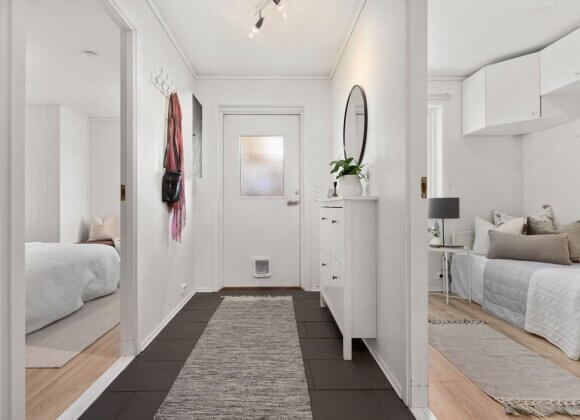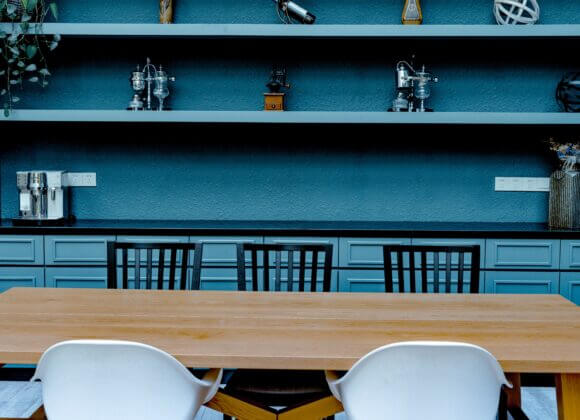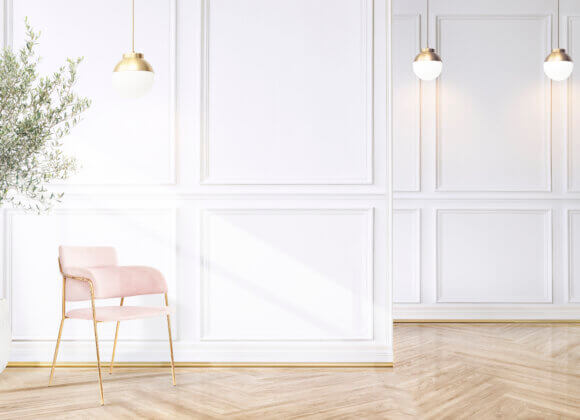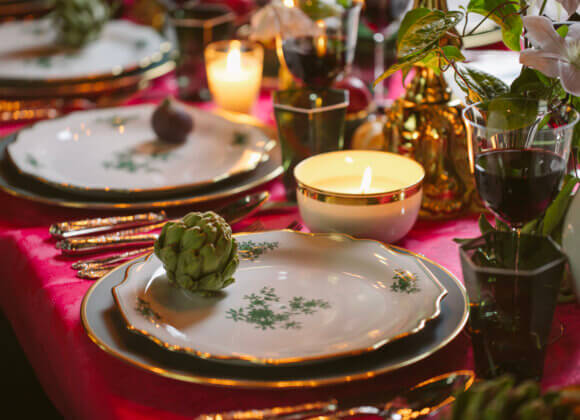Ecological and natural wall paints are in vogue. No wonder, as they are good for both residents and the environment.
At some point, the time has come – and painting individual rooms or the entire apartment is on the agenda. Before the paintbrush is swung, however, you should take a closer look at the subject of paints. This is because a new coat of paint can be stressful, at least for a short time, especially for sensitive people.
Harmful substances such as asbestos are banned, but drying retarders or foam inhibitors, which are still contained in many conventional paints, can cause burning eyes or headaches.
This is one of the reasons why naturalness is also becoming increasingly important for paints. In addition to lime and clay paints, natural resin, silicate and casein paints also fall into the “eco wall paint” category. “These paints are made from raw materials that are produced or refined using gentle chemicals,” explains Franz Hawle from AURO Naturfarben in Vienna.
Natural wall paints for a pleasant room climate
This has two advantages: firstly, natural wall paints do not release any harmful substances into the interior. Secondly, they ensure a pleasant indoor climate later on. “This is because these paints are open to diffusion,” says Hawle. This means that the exchange of moisture between the wall and the room is not hindered. If the humidity in the room is high, it passes through the paint and is stored in the wall. If the air in the interior dries out, the moisture is released back into the room air during the course of the day.
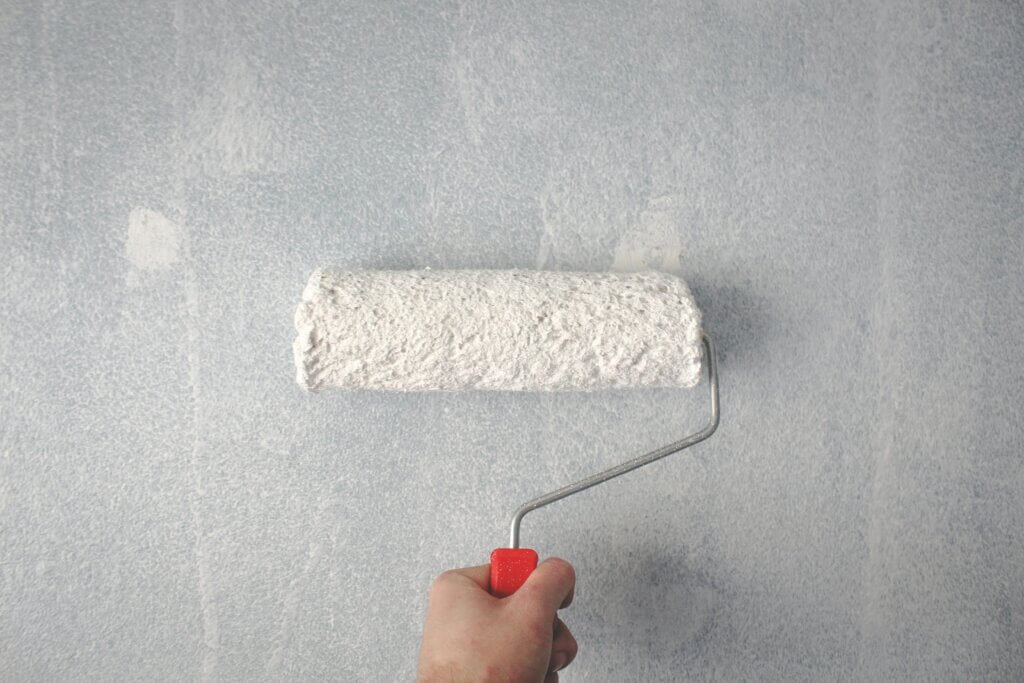
Easy to process
Hawle also dispels a prejudice, namely that natural wall paints are more difficult to apply than conventional paints: “They are applied no differently than others.” And he has another tip: “The better the tools, the easier the work”.
To ensure that your enjoyment of the natural wall paint is not spoiled, you should pay particular attention to one thing when choosing it: The right substrate! We have therefore taken a closer look at the individual natural paints and their requirements:
- Clay paints
The mineral paint, which is also available as a powder, is mainly made from finely ground clay and sand. Potassium silicate, which is obtained from quartz sand and potash, is used as a binder, along with color pigments. Clay paint is available in over a thousand shades. In principle, it can be applied to any mineral substrate, but it only develops its full building physics effect on clay plaster. In addition to being open to diffusion, clay paint also scores points for absorbing odors and pollutants.
- Lime paints
Lime paints consist of limestone, which is crushed, ground, fired and slaked with water. “Cellulose is added as an additional binding agent and for thickening, so lime paint can also be applied with a roller,” explains Hawle. Lime paint is also not only breathable, but also very alkaline. “This means it repels mold or can be used in the event of mold infestation,” says Hawle. However, the paint becomes chemically neutral over time and loses its mold-repellent effect.
Great attention should be paid to the substrate for this natural paint: Concrete, lime plaster and lime-cement plaster are suitable. However, if it is applied to gypsum plaster or emulsion paints, discoloration may occur, for example. Another important point: lime paint should be applied up to three times – and thinly at that. “It must not cover the substrate during painting, but only when it dries,” says Hawle.
- Natural resin paints
Linseed oil, castor oil and other vegetable oils (e.g. bergamot oil), water, boron salts, white pigments such as chalk, titanium dioxide, talcum filler and cellulose are typical components of natural resin wall paints. These are versatile, suitable for all stable substrates, easy to apply, generally solvent-free, wipe and wash-resistant, water-dilutable and available in many color nuances.
- Pure silicate paints
Pure silicate paints, which are waterproof but open to diffusion, consist of potassium silicate and pigments. Fillers may also be added. The substrate must always be mineral and capable of silicification. Through silicification, the paint forms a natural and permanent bond with the substrate. “I only sell it as a special paint, for example for concrete,” says Hawle.
- Casein colors
In these paints, the color pigments are bound with casein, i.e. milk protein. Casein paints are also open to diffusion, durable and waterproof. They can be applied to virtually all load-bearing substrates.
- Distempers
As the name suggests, these natural paints consist of cellulose glue, chalk, water, natural pigments and fillers and are highly opaque. According to Hawle, all interior plaster, woodchip wallpaper and old, stable coats of paint are suitable substrates. However, if distemper is to be painted over with other paints, it must first be removed.
Another tip for natural wall paints:
The term natural color is not legally regulated. You should therefore ensure that the ingredients are fully declared. Quality seals such as Natureplus or the Austrian Ecolabel can help you decide.
Related posts:




